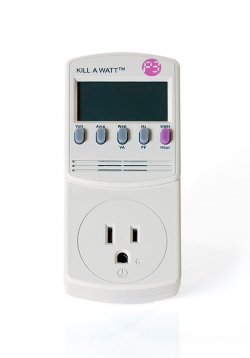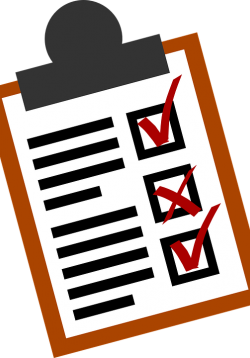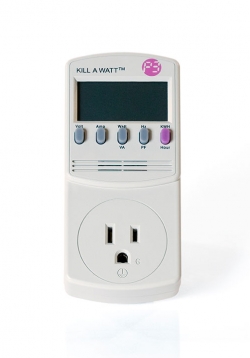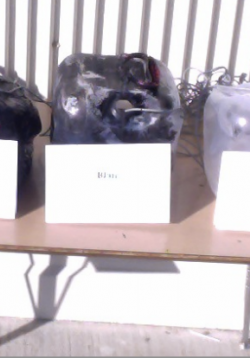Our Place in Space: Cosmic Rays
NOTE: SUN PHOTOMETER SUMULATOR AT CAS.HAMPTONU.EDU SEEMS TO BE NO LONGER AVAILABLE.
Using a map of school buildings, students will pick four areas to monitor over the year using wireless weather stations and the Solar Power Meter. In a following...








